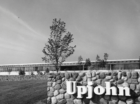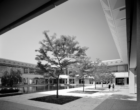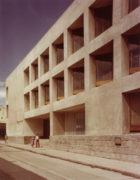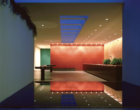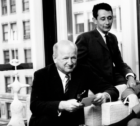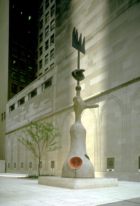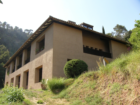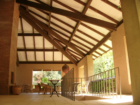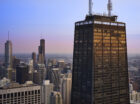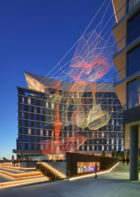One cannot visualize Chicago’s skyline without the gargantuan contributions of Bruce Graham (1925–2010), nor can one imagine the architect’s career without the power brokers of the American Midwest who counted on him to articulate their ambitions in structural form. But when working on a much smaller scale than a John Hancock or Sears Tower, Graham was able to tap into his roots.
Born in La Cumbre, Colombia, Graham and his family relocated to Arequipa, Peru, shortly after his birth, then to San Juan, Puerto Rico, when he was five. There, he developed a love for drawing and cities, wandering around and enthusiastically mapping the barrios of San Juan for fun. Spanish was Graham’s first language, and through his mother, who was Peruvian, he also maintained a deep appreciation for Peru’s culture and lifelong connections with his many relatives there.
During his time at SOM, from 1951 to 1989, Graham connected the firm to the Spanish-speaking world through his relationships with artists like Joan Miró and Josep Lloren Artigas, and with clients who had no presence in the U.S. — including one that led to an unrealized collaboration with Luis Barragán. Some of his built works, from a bank headquarters in Guatemala City, to a corporate campus in Kalamazoo, drew heavily from his appreciation for the pre-colonial architectural traditions of Latin America. For Hispanic Heritage Month, we’ve compiled five projects that demonstrate Graham’s enthusiasm for and personal connection to the Spanish-speaking world.
Upjohn Corporate Headquarters (1961) | Kalamazoo, Michigan
